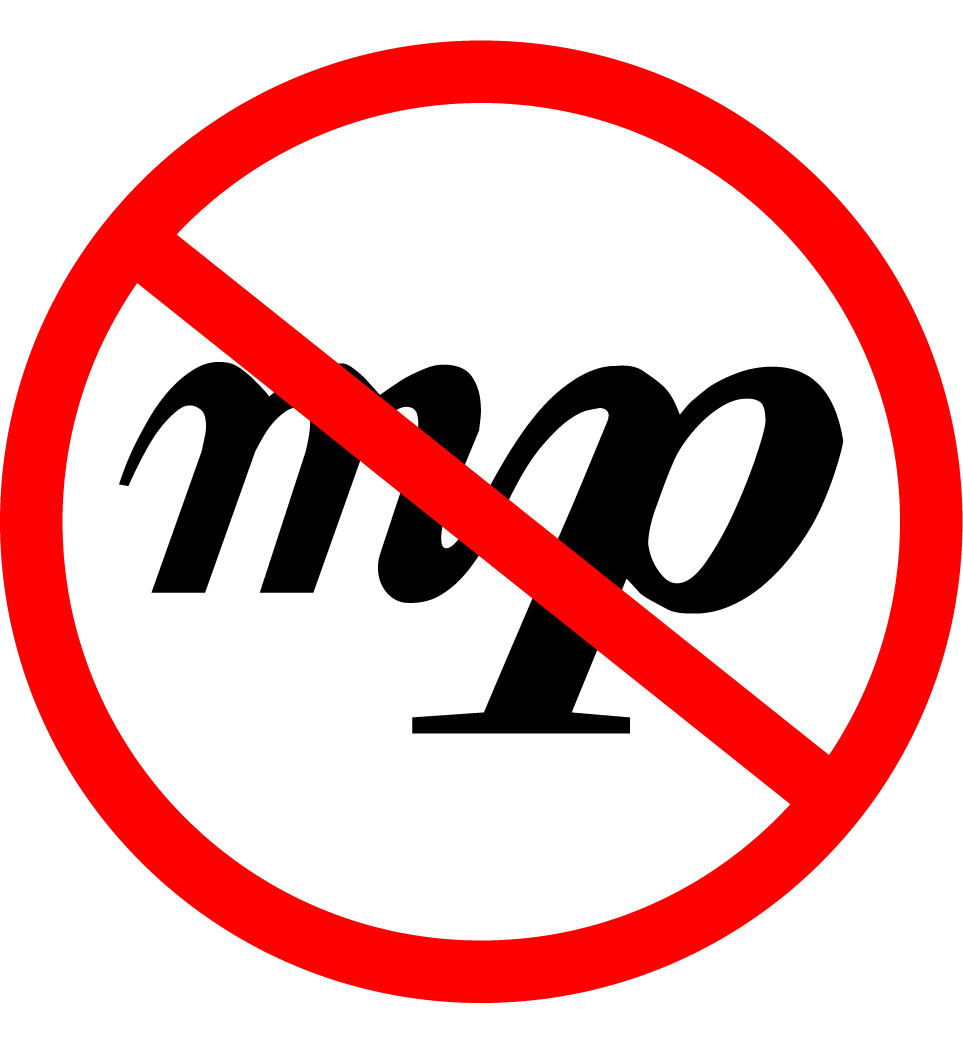
I use dynamics and articulations quite liberally, but I generally do not go to the extreme like Tchaikovsky or George Crumb, who use multiple fortes and pianos (fortisisisisisimos and pianisisisisisimos). I usually limit myself to three f 's and three p's at both extremes.
Without question, the dynamic I obsess over the most is mezzo-piano, a delicate herb of a dynamic. Used sparingly, it is simply lovely; overused, it can leave a distinctly bitter aftertaste.
Students love mp: you can always tell a student work by how many mp's there are, sprinkled throughout the score. It is a dynamic that is neither here nor there, and claims no real allegiance to either loud or soft, although it implies that it is the softer of the two mezzos. I think some composers—particularly young ones—like mezzo-piano because it seems ambiguous, and makes them feel sensitive, subtle and complicated. If the players get it wrong, they can say, "no, it should be a little softer, can't you hear the mf in the flutes?" Or "no, you idiot... a little louder... it's not like I wrote pianissimo."
I am starting to believe that like in an old Western with two desperados, there's just not enough room in this town for two "middle" dynamics.
You can actually smell the anxiety in a room full of professional musicians when asked to play a true mezzo-piano. It is a dynamic that actually incites stress—a quiet, restrained stress. I think some composers think they are being cool when they use them liberally, but really, they are just being pretentious and difficult. Really then, mezzo-piano is the dynamic equivalent of pretension.
Out of curiosity, I recently flipped through a bunch of "classic" scores to seen how many mp's I could find. In three of Debussy's major orchestral works—Prélude à l'après-midi d'un faune, Nocturnes and La Mer—I found three. In Mahler's Symphony No. 9, I only found a few. Two highly sensitive, colorful composers, yet they barely use mezzo-piano, at least in these works.
Then I opened up Stravinsky's Le Sacre du Printemps—a work just bursting with mezzo-pianos. I haven't taken a close work at works by other Russian composers from that period, or at Second Viennese School works, but I will bet there are a lot of mp's in those works as well.
So what does this mean? I think Le Sacre du Printemps was a seminal work that started the trend. It is a work that is relentlessly revered and studied intensely in schools. Once composers got permission from Stravinsky—and later, from a few French composers—this extra level of dynamic shading became normal. But just because Stravinsky did it, does that make it right? How did he do it? I think part of the problem is that some composers don't use this dynamic correctly.
On that note, and with continued tongue-in-cheek, I now present a brief, little draft of the official, one and only Mezzo-Piano Manifesto:
- Never use mp as a tutti starting dynamic. However, mp may be used as a terminal dynamic.
- If there is nothing else happening, opt for piano or mezzo-forte.
- Mezzo-piano is appropriate when two or more instruments are playing together and you need tiered dynamics.
- Never use mezzo-piano for non-pitched percussion instruments that do not have dynamic contrast, for example, a vibraslap.
- Never use mp for very high flutes or trumpets, or Alphorn.
Do we really need two mezzo dynamics? Are there other alternatives? Sure—we can use p (molto) or mf (poco), but these options do not elicit that special mezzo-piano pain that we all love. Ultimately, I think we should have one, all-purpose middle dynamic, and just call it mezzo. But, you see, in our hyper-detailed world, just the mere thought of less makes us feel like we are missing something.
Don't get me wrong: I am not saying that mp is worthless, just poorly used. I say we all unite and rid the world of useless mp's, and give poor little piano a leg up.
Any additions or ideas? Let me know your thoughts, amendments additions and what have you, and I'll post an updated version on a future date.